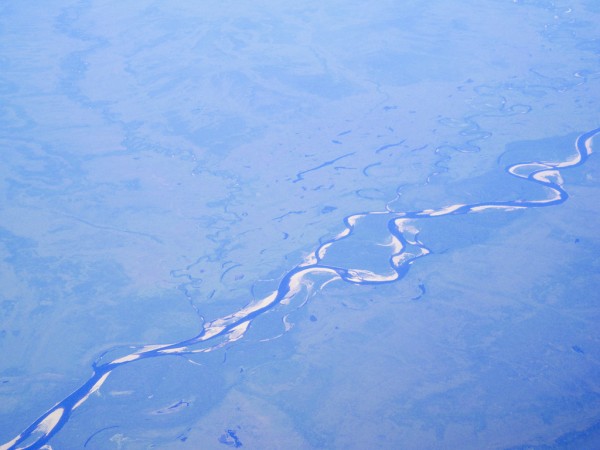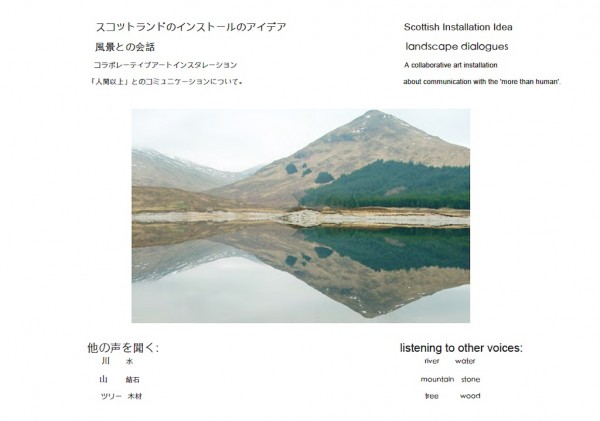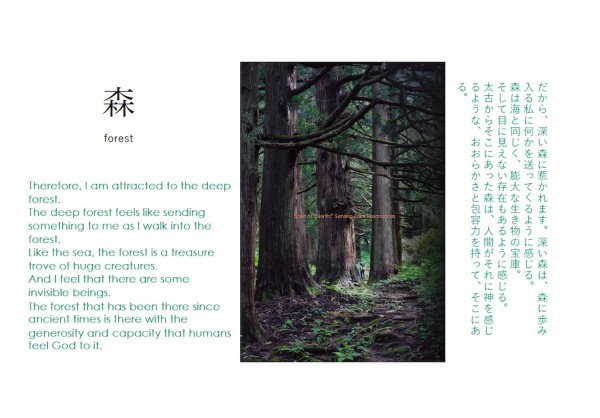Blog
yoshikoblog02: 離れ難さ / inseparable
(English follows below)
私はカイラとの対話で、深めていきたいテーマがある。

シベリア Siberia
カイラは「スコットランドの風景と自然は、私のアートの表現行為に、無数のかたちで継続的に影響を与え続けている。」と書き、風景をテーマにして、その声を聴こうとする。

Kyra 対話:風景について
カイラと「場所」の話題になったとき、さまざまな記憶が蘇った。
人には離れがたい場所がある。
10年前に福島で原発事故が起こったとき、海外のアーティストが「逃げてこい!」と私に勧めた。そのとき私は、日本がどうなるのかを、アーティストとして見届けたいと思った。
津波に襲われた海辺や、原発事故が起きた町にさえも、人は再び戻って暮らそうとする。
アイスランドで見かけた吹雪の中で乳母車を押す若い母親は、そんな厳しい環境のなかで子育てをする。
人を離れがたくするわけはなんだろう?
原発事故の影響を受けた、福島の農業、林業も、土地と深く結びついている。

Yoshiko 対話:森について
I have a theme that I would like to deepen in the dialogue with Kyra.
Kyra writes, “The landscape of Scotland and nature, in all its myriad forms, is an ongoing influence in my artistic practice,” and she listens to the voices of landscape.
There are places that people cannot leave.
Discussions with Kyra, revived memories of people and places.
When the nuclear accident happened in Fukushima 10 years ago, an overseas artist said to me, “Escape here!” But as an artist I stayed to bear witness.
At the beach hit by the tsunami and in the town where the nuclear accident occurred people try to return and live there again.
Far away, in Iceland, I saw a young mother pushes a baby carriage in a snowstorm.
What makes it hard for people to leave places?
Fukushima’s agriculture and forestry, which were affected by the nuclear accident, are also deeply linked to the land.
2021.05.18









